Maori Tattoos Biography
Source:- Google.com.pk
Welcome to PakEarn.com (Facebook Photo Posting Jobs)
Ta moko - significance of Maori tattoos
Ta moko - traditional Māori tattooing, often on the face - is a taonga (treasure) to Māori for which the purpose and applications are sacred.
Every moko contains ancestral / tribal messages specific to the wearer. These messages tell the story of the wearer's family and tribal affiliations, and their place in these social structures.
A moko’s message would also contain the wearer’s ‘value’ by way of their genealogy, and their knowledge and standing in their social level.
Kirituhi means skin art and describes more general tattooing.
Reviving art form
Ta moko as an artform declined during the 20th century, however in recent times it has been revived as an important art form among Māori that is worn as an expression of cultural pride and integrity.
Māori writer / academic Dr Ngahuia Te Awekotuku, who is Professor of Psychology at Waikato University says: "Ta moko today is much more than a fashion statement, a passing fad for Māori. It is about who we are, and whom we come from. It is about where we are going, and how we choose to get there. And it is about for always, forever."
FAQ: Ta moko - Māori tattoo art
What is a moko?
Moko is a name for Māori tattoo and the culture that surrounds it. It is the skin art form of the Māori.
What's the difference between moko and tattoo?
'Tattoo' is the English version of the Tahitian word tatu. Tattoo is the tradition of marking the skin with ink and needles, whereas moko is the practice of scarring and marking the skin to reflect the whakapapa (genealogy) of the Māori wearer. Moko can be seen as a cultural affirmation.
Do moko symbols have a meaning?
All symbols have meaning, usually a tribal link that tells the background and stories of the wearer. Moko is a visual language that connects the wearer to their whakapapa.
Does getting a moko hurt?
Yes. Needles are forced into the skin to insert ink into the puncture, so it's inevitable that it will hurt, although some people have a higher tolerance for pain than others.
Are moko the same today as before?
Most designs have a traditional base, but there have been many changes to what was traditionally used. New moko traditions are being created to sit alongside the old.
Why is moko applied to the bottom?
Aesthetically, the bottom is a very sensual area to look at. Traditionally, it links the back design to the designs on the backs of the legs. The spirals accentuate the roundness of the buttocks, enhancing the body.
Why do people get facial moko?
A moko on the face is the ultimate statement of one's identity as a Māori. The head is believed to be the most sacred part of the body. To wear the moko on the face is to bear an undeniable declaration of who you are.
Is it only men that get moko?
Women wear moko on the face too. A woman's moko is worn on the chin, as well as occasionally appearing on the forehead, upper lip, nostrils, and throat.
Why does facial moko look so scary?
Sometimes facial moko is unfairly seen as intimidating, regardless of the wearer's intentions, but this can depend on the countenance of the wearer. The lines of a moko accentuate the lines of the face so emphasise the expressions.
What's the difference between electric needles and hand tools?
Artists sometimes alternate between the two, depending on the requests of the clients. Many opt for the needle as it is faster and more precise. However, some people are choosing hand tools or ihu in order to make the process more in line with traditional ways.
Do only Māori get moko?
Moko is a Māori tradition and the term is usually applied to skin markings that are done by and on Māori. Markings that are not moko but inspired by Māori design are sometimes called kirituhi (writing on skin).
How much does a moko cost?
That's a question for the wearer and the artist. Costs can vary according to the skill and expertise of the artist. The area of the body and skin type of the wearer may also be taken into account, as well as their age, financial position, and relationship to the artist.
What does moko mean today?
If the process is followed properly, moko continues to mean what it has always meant. It is a symbol of integrity, Māori identity and prestige, as well as a reflection of whakapapa and history.
Are there any restrictions on a moko wearer?
This is up to the wearer. Some people opt to make lifestyle changes as part of the process of obtaining a moko, respecting their moko by choosing to do, or not do, certain things.
Maori Tattoos Tattoss for Girls Tumblr on Shoulder on Wrist Quotes on Wrist Tumblr on Foot on Hand on Ribs Designs On Ankle

Maori Tattoos Tattoss for Girls Tumblr on Shoulder on Wrist Quotes on Wrist Tumblr on Foot on Hand on Ribs Designs On Ankle

Maori Tattoos Tattoss for Girls Tumblr on Shoulder on Wrist Quotes on Wrist Tumblr on Foot on Hand on Ribs Designs On Ankle
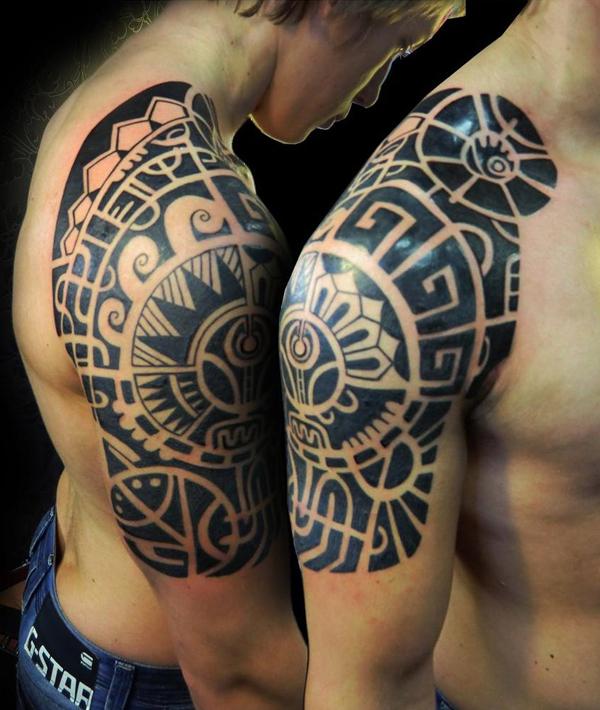
Maori Tattoos Tattoss for Girls Tumblr on Shoulder on Wrist Quotes on Wrist Tumblr on Foot on Hand on Ribs Designs On Ankle
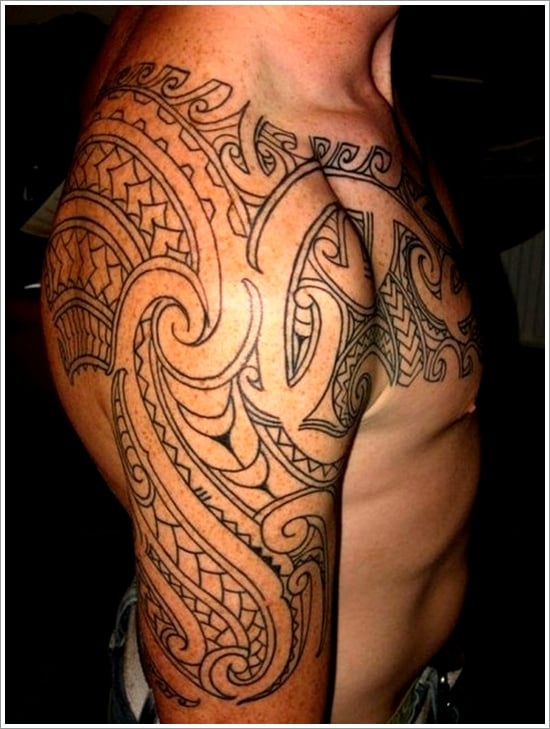
Maori Tattoos Tattoss for Girls Tumblr on Shoulder on Wrist Quotes on Wrist Tumblr on Foot on Hand on Ribs Designs On Ankle
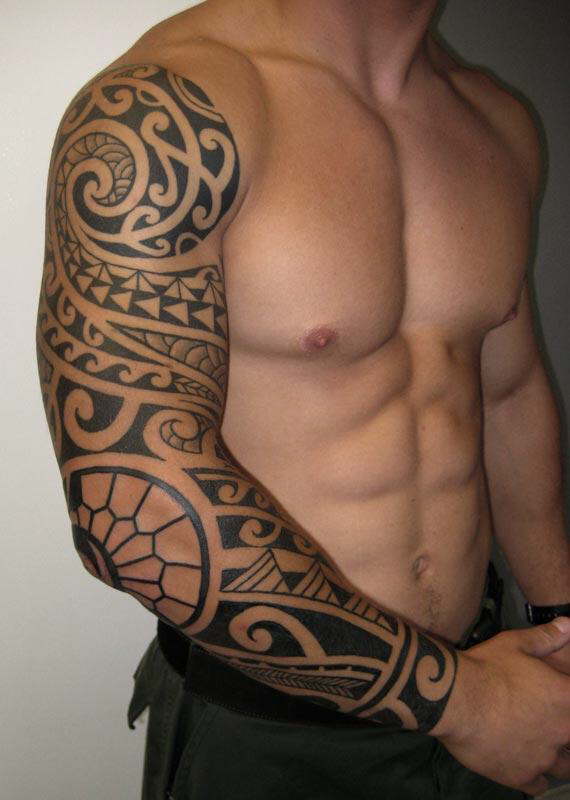
Maori Tattoos Tattoss for Girls Tumblr on Shoulder on Wrist Quotes on Wrist Tumblr on Foot on Hand on Ribs Designs On Ankle

Maori Tattoos Tattoss for Girls Tumblr on Shoulder on Wrist Quotes on Wrist Tumblr on Foot on Hand on Ribs Designs On Ankle

Maori Tattoos Tattoss for Girls Tumblr on Shoulder on Wrist Quotes on Wrist Tumblr on Foot on Hand on Ribs Designs On Ankle

Maori Tattoos Tattoss for Girls Tumblr on Shoulder on Wrist Quotes on Wrist Tumblr on Foot on Hand on Ribs Designs On Ankle
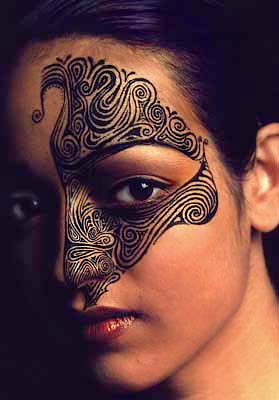
Maori Tattoos Tattoss for Girls Tumblr on Shoulder on Wrist Quotes on Wrist Tumblr on Foot on Hand on Ribs Designs On Ankle

Maori Tattoos Tattoss for Girls Tumblr on Shoulder on Wrist Quotes on Wrist Tumblr on Foot on Hand on Ribs Designs On Ankle
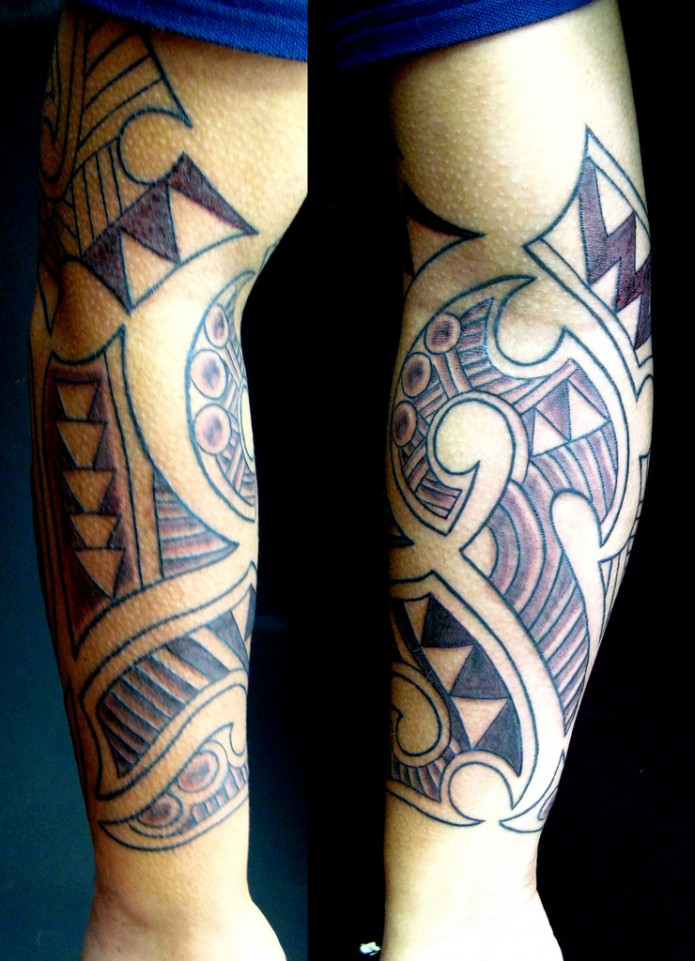
Maori Tattoos Tattoss for Girls Tumblr on Shoulder on Wrist Quotes on Wrist Tumblr on Foot on Hand on Ribs Designs On Ankle

Maori Tattoos Tattoss for Girls Tumblr on Shoulder on Wrist Quotes on Wrist Tumblr on Foot on Hand on Ribs Designs On Ankle

Maori Tattoos Tattoss for Girls Tumblr on Shoulder on Wrist Quotes on Wrist Tumblr on Foot on Hand on Ribs Designs On Ankle

No comments:
Post a Comment